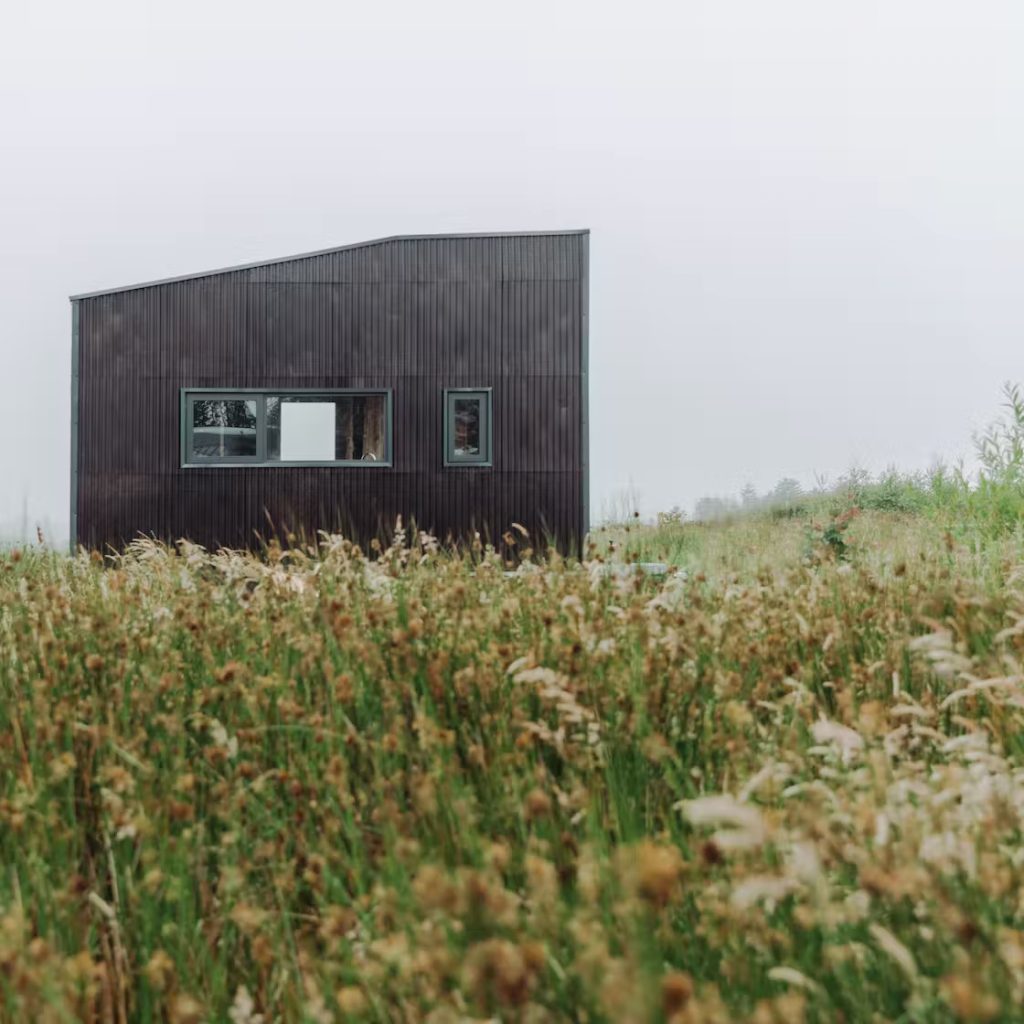“If planners want to boost affordable housing then finding ways to accommodate these kinds of tiny houses with some sort of planning dispensation for gardens, corners of unused agricultural land or brownfield sites may be an answer.”
.
Is this a ‘solution to our housing problem’?
“The SoloHaus self-contained one bedroom homes in Truro are for local people ready to move on from emergency accommodation to the second stage of their journey out of homelessness.” A solution to our housing crisis: micro-homes – Vision Group for Sidmouth
“Imagine a family during lockdown living in a micro-pads of 16sqm without windows. Such plans are definitely not the way forward.” Turning shops and offices into ‘tiny homes’ – Vision Group for Sidmouth
“Bedrooms may be smaller now than in 1930, but they house fewer people per bedroom!” Tiny homes then and now… – Vision Group for Sidmouth
But there might not be much choice:
In Manchester, Bath, Nottingham, Cardiff, Brighton and Exeter, average asking rents now stand at more than 30% of a couple’s median income, the level at which the ONS considers rent “affordable” Soaring rents making life ‘unaffordable’ for private UK tenants, research shows | Housing | The Guardian
From the front line in the South West, as reported in the latest Observer:
Priced-out UK house-hunters turn to lorry-sized tiny homes
A scheme is under way to build up to 15 tiny houses on a former council site in Bristol. Startup companies are offering to deliver tiny homes for prices ranging between £30,000 and £100,000, depending on finish. Cornwall council has installed 15 SoloHaus units in Truro as “move on” housing for some of the 730 households in the county currently in temporary or emergency accommodation. And thirtysomethings despairing at their prospects of owning a home are tapping up friends and farmers for pockets of land on which to park a factory-built house...
Janie Harper, 33, a project manager in Dorset who has been living in a van after finding rent unaffordable since divorcing her husband with whom she shared a four-bedroom house, plans to move into a £50,000 tiny home next spring, which she intends to locate on a friend’s land. She wants to stay in the Lyme Regis area but said that with so many second homes in the area, rent was unaffordable at about £1,300 a month. “I never thought that I would be in a position in my 30s when I wouldn’t have anywhere permanently to live,” she said.
Rachel Butler, 53, from Bristol is a founder, director and co-project manager of the Tiny House Community, a planned scheme of up to 15 tiny houses on a former council site that was released by the local authority for housing. She has been paying more than £1,500 a month in private rent for herself and her 19-year-old daughter, and recently came close to homelessness because it was so hard to find an affordable property.
If planners want to boost affordable housing then finding ways to accommodate these kinds of tiny houses with some sort of planning dispensation for gardens, corners of unused agricultural land or brownfield sites may be an answer.
Priced-out UK house-hunters turn to lorry-sized tiny homes | Housing | The Guardian
They’re turning to this ‘solution’ in the States, although garden shed might be too depressing, even for the homeless: With housing costs rising, tiny homes offer one solution to address homelessness | PBS NewsHour
Whereas this design might be a bit more inspiring, it’s a little space age: One Tiny Home Builder’s Big, Big Plans to Bring Its Space-Age Prefabs to the Masses – Dwell
On the other hand, here’s something very eco-minded: These tiny homes made from hemp and cork were built to fight Ireland’s ongoing housing crisis – Yanko Design

Irish social enterprise Common Knowledge has teamed up with hemp producer Margent Farm to design a low-carbon micro home that it claims can support people affected by the housing crisis. Designed in-house by Common Knowledge, the Tigín Tiny Homes take the form of oversized caravans built from natural materials that include Margent Farm‘s corrugated hemp cladding panels, cork insulation and natural rubber linoleum floor tiles. They are intended for people struggling to buy their own home. Purchasers can either buy one of the 20-square-metre micro homes ready made, or learn the skills to build their own. Common Knowledge launches hemp-clad Tigín Tiny Homes